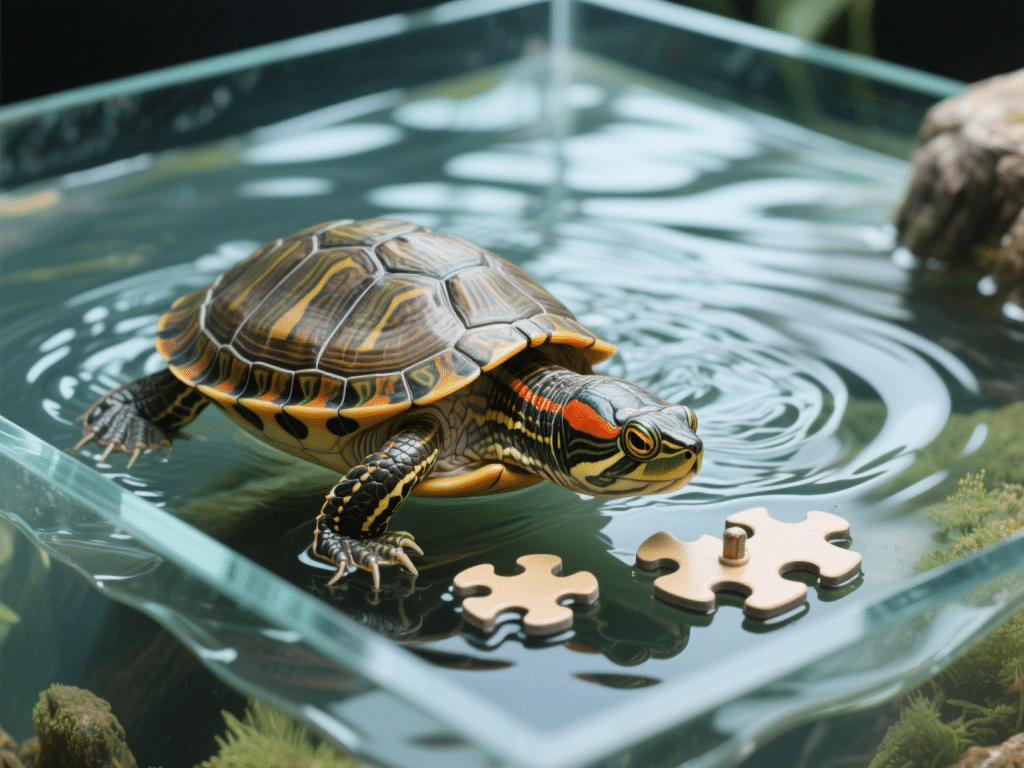7 Common Turtle Shell Problems and How to Treat Them at Home

A turtle’s shell is more than a shield—it’s a vital living structure made of keratin and bone. Unfortunately, improper habitat conditions can lead to serious shell problems. As a reptile health writer with training from aquatic veterinary specialists, I’ll walk you through the most common issues and how to treat them at home—while knowing when to call in the pros.
1. Shell Rot (Ulcerative Shell Disease)
Symptoms: Soft spots, foul smell, white or black lesions
Cause: Prolonged wet environment, fungal or bacterial infection
Treatment:
Clean with diluted betadine
Dry-dock the turtle for 1–2 hours daily
Apply topical antibiotic (silver sulfadiazine cream)
2. Pyramiding
Symptoms: Bumpy, uneven scutes
Cause: High protein diet, low humidity, lack of UVB
Fix:
Reduce protein, increase fiber
Correct humidity levels
Provide proper UVB exposure
3. Shell Cracks
From trauma or falls
Temporary fix: Epoxy resin or fiberglass patches (veterinary supervised)
Keep wound clean and dry
4. Retained Scutes
Symptoms: Layers of old scutes that don’t shed
Cause: Dry basking area or low humidity
Use gentle warm soaks + add rough basking logs to help peeling
5. Discoloration
Often due to water quality or algae
Clean shell with soft toothbrush and mild vinegar solution
Improve filtration and water change frequency
6. Soft Shell (Metabolic Bone Disease)
Caused by calcium deficiency or poor UVB
Supplement calcium + upgrade lighting system immediately
7. Algae Overgrowth
Non-harmful but signals maintenance issue
Improve water flow and reduce light exposure
Prevention Tips
Maintain clean water (pH 6.5–7.5, ammonia = 0)
Provide UVB + calcium
Balance diet with leafy greens and pellets
Final Thoughts
Many shell issues are preventable with proactive care and proper tank setup. Early detection and at-home intervention can help your turtle recover faster—just remember to consult a herp vet if problems persist or worsen.









Comments on "7 Common Turtle Shell Problems and How to Treat Them at Home" :